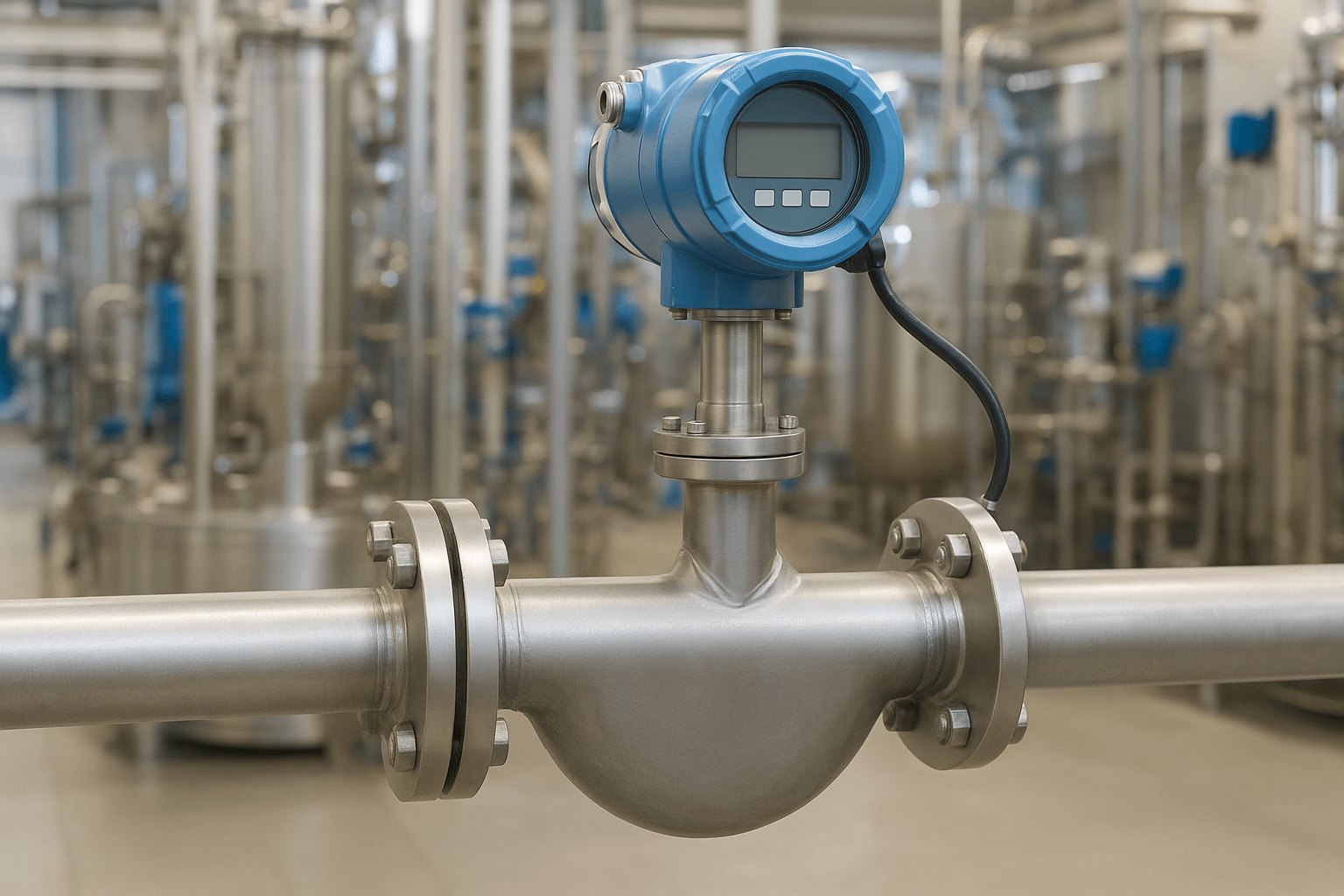The Great Debate: Optimizing Spark Plug Gap for Performance – Small vs. Big
When it comes to maximizing engine performance, one often overlooked component is the spark plug gap. The gap between the center and ground electrode of a spark plug plays a crucial role in the ignition process, affecting everything from fuel efficiency to engine power output. This article delves into the intricacies of spark plug gaps, exploring whether a smaller or larger gap is better for your engine's performance.
Understanding Spark Plug Gap
The spark plug gap is the distance between the electrodes that create the spark necessary for igniting the air-fuel mixture in the combustion chamber. This gap is typically measured in millimeters or inches and can significantly influence engine performance.
- Small Spark Plug Gap: A smaller gap (usually around 0.020 to 0.030 inches) can lead to a more reliable ignition under certain conditions. This is particularly beneficial in engines that operate under high compression or in colder climates. The tighter gap requires less voltage to create a spark, which can enhance ignition reliability and reduce misfires.
- Big Spark Plug Gap: Conversely, a larger gap (ranging from 0.040 to 0.060 inches) can produce a more robust spark. This is advantageous in high-performance engines where a stronger ignition is necessary to ensure complete combustion of the air-fuel mixture. A wider gap can also improve throttle response and overall engine efficiency, particularly in applications where higher RPMs are common.
Factors Influencing Spark Plug Gap Selection
Choosing the optimal spark plug gap is not a one-size-fits-all decision. Several factors must be considered:
- Engine Type: Naturally aspirated engines may benefit from a larger gap, while turbocharged or supercharged engines often perform better with a smaller gap due to increased pressure in the combustion chamber.
- Fuel Type: The type of fuel used can also dictate the ideal spark plug gap. For instance, high-octane fuels may allow for a wider gap, while lower octane fuels might necessitate a tighter gap to prevent pre-ignition.
- Ignition System: The capabilities of the ignition system play a significant role. High-energy ignition systems can handle larger gaps more effectively, while standard systems may struggle, leading to misfires.
- Environmental Conditions: Temperature and humidity can affect the performance of the spark plug gap. In colder climates, a smaller gap may be more effective, while warmer conditions may allow for a wider gap.
Performance Implications
The choice between a small or big spark plug gap can have profound implications for engine performance:
- Fuel Efficiency: A properly set spark plug gap can enhance fuel efficiency by ensuring complete combustion. A gap that is too wide may lead to incomplete combustion, resulting in wasted fuel and increased emissions.
- Power Output: Engines tuned for performance often benefit from a larger spark plug gap, as it can produce a more powerful spark, leading to better acceleration and power delivery.
- Engine Longevity: An incorrect spark plug gap can lead to increased wear and tear on engine components. Misfires caused by an improperly set gap can result in unburned fuel entering the exhaust system, potentially damaging catalytic converters and other components.
Conclusion
In the debate of whether a small or big spark plug gap is better, the answer largely depends on the specific engine configuration, fuel type, and intended use. While a smaller gap may enhance reliability and efficiency in certain conditions, a larger gap can unlock additional power and performance in high-demand scenarios.


